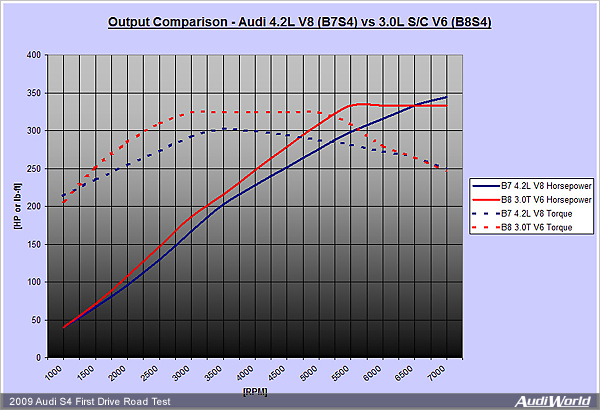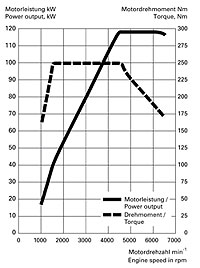they didn't have the same power. What I gathered quickly on google the V8 had about 560kW(=750bhp) and 300Nm(=220ftlbs) at 16000rpm. The current engines habe about 750kW (=1000bhp) and about 750Nm (=550 ftlbs) at 10000rpm.Zynerji wrote: ↑19 Jun 2018, 04:34wuzak wrote: ↑19 Jun 2018, 04:24As noted in this post:If the power is the same, and the speed is the same, the wheel torque or thrust at the wheels will be the same.Tommy Cookers wrote: ↑18 Jun 2018, 23:06regarding torque ....
the torque at the axle is the same for all types of 1100 hp engine driving F1 cars
only the torque at the crankshaft is different
However, for slow corners the power of the V6Ts must be superior to the old V10s. The engine's power band is wider and the ERS helps as well.
But going to less power won't make for smaller gaps exiting corners.
With the wider power band, he traction zone will most likely be longer, increasing the chances that one driver will not get as good an exit as another. Sometimes that will give the car ahead the advantage, other times it will give teh chasing car a chance.
So, can someone explain this to me?
The 2.4L V8's were quoted as only having 200ftlbs(ish) of torque, and we did see 750ftlbs(ish) published for the 1.6T.
Now, i understand power is convertable, but I am unsure how a 20,000RPM engine and a 14,000RPM engine still produce the same torque to the wheels. Is this all in the transmission? I would expect that the wheel speed would be similar, regardless of engine, so doesnt the Trans just match that up? I mean, if the 14k, 750ftlbs engine has to spin the wheels at the same rate as the 20k, 200ftlbs engine to get the same straight line speed, isnt the torque waaay different?
But engine torque doesn't matter for anything performance related (but engine design). The shape of the power curve matters, but you can't really deduct it from torque (and rpm) without knowing quite a bit about the engine itself. (at best you get 2 points of a full power curve)



